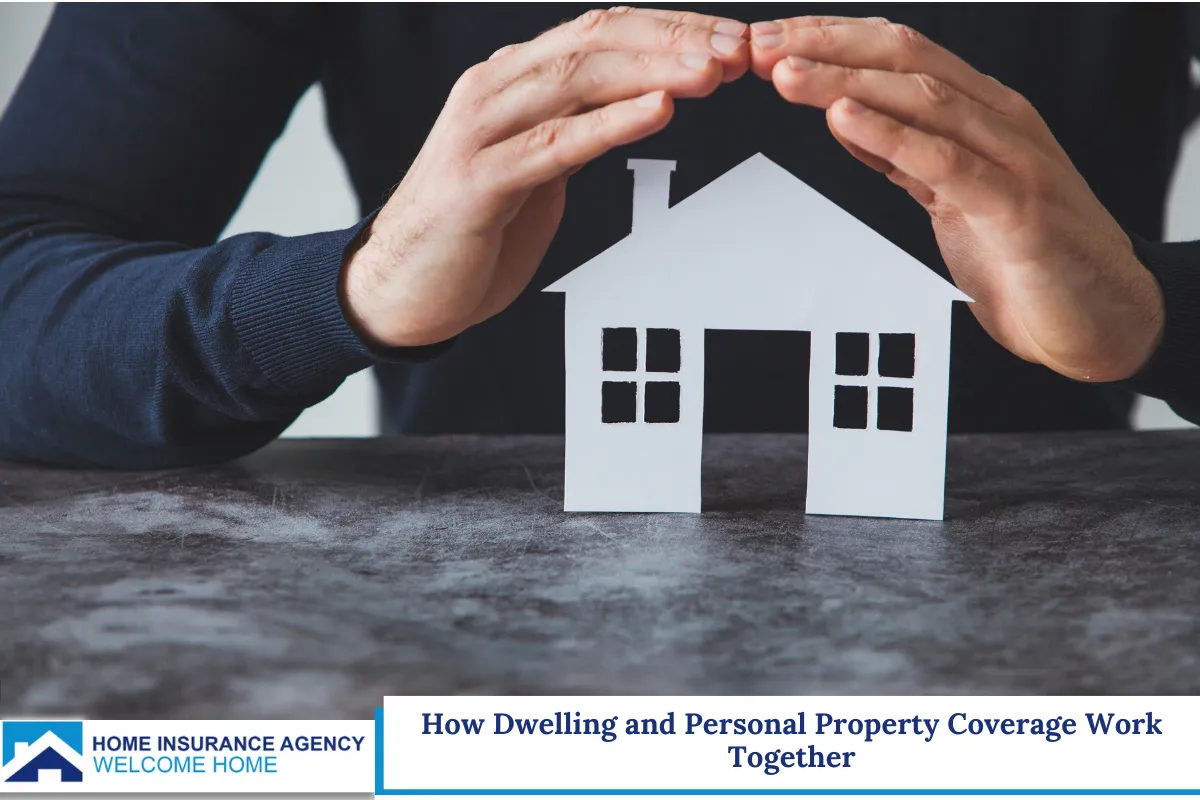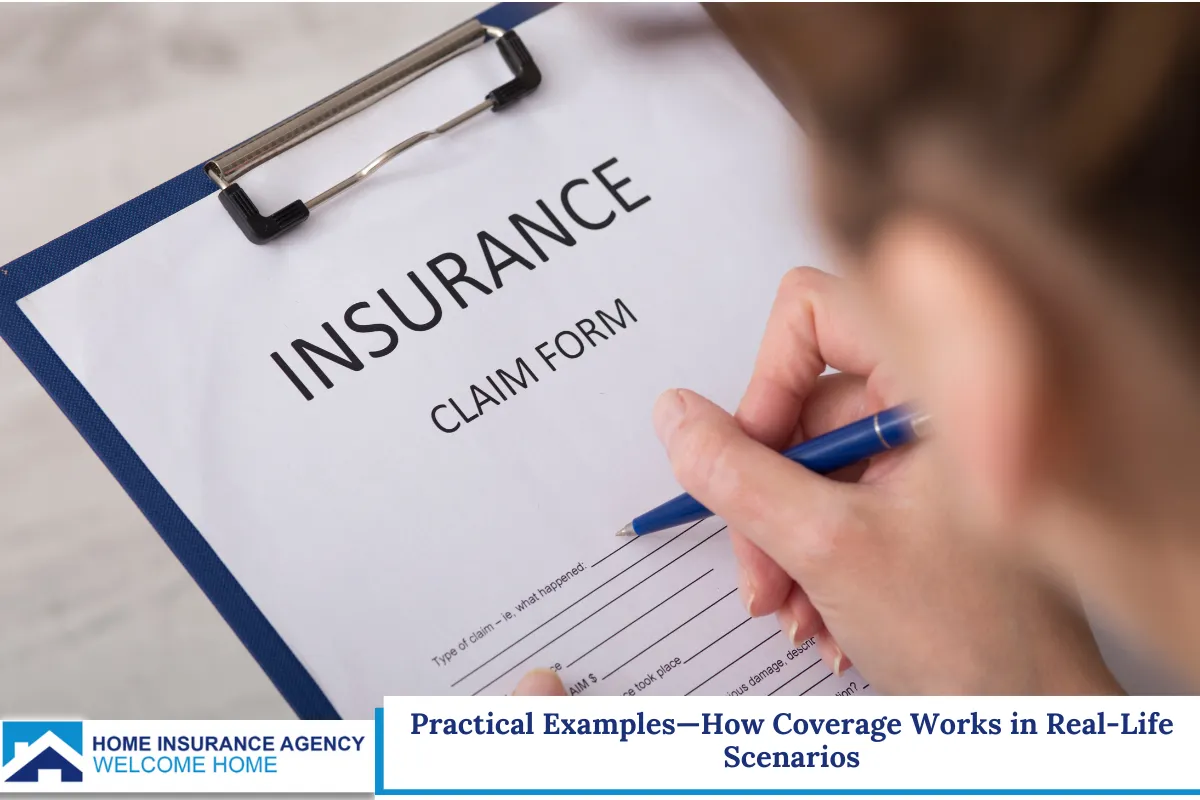
The Importance of Choosing the Right Homeowners Insurance in Mt. Pleasant
Mt. Pleasant homeowners insurance isn’t just a formality—it’s the safety net that protects your greatest investment from unexpected disasters and losses. Imagine waking up to find your home damaged by a storm, only to realize your coverage wasn’t sufficient. Many homeowners are unaware of the differences between dwelling coverage and personal property coverage until it’s too late. The result? Costly gaps, denied claims, and unneeded stress. The solution starts with understanding the unique components of your policy and selecting coverage that fits your home, lifestyle, and budget. In this article, we’ll break down the details, explain why these differences matter, and guide you toward a policy that truly safeguards your Mt. Pleasant home and everything in it.
Why Every Mt. Pleasant Home Needs Robust Homeowners Insurance
Owning a home in Mt. Pleasant, South Carolina, comes with its share of risks, from hurricanes and windstorms to theft and fire. Homeowners insurance is not just about meeting lender requirements—it’s about peace of mind. Local home insurance companies and agencies offer a range of policies tailored to the unique risks of the Lowcountry. Without the right protection, a single event could put your financial future at risk.
Key Components of Homeowners Insurance Policies
Home insurance for Mt. Pleasant residents typically includes several main types of protection:
- Dwelling coverage
- Personal property coverage
- Liability protection
- Additional living expenses coverage
Each component plays a critical role in shielding homeowners from different types of loss.
Dwelling Coverage – Protecting the Structure of Your Mt. Pleasant Home

What Is Dwelling Coverage?
Dwelling coverage is the cornerstone of every homeowners insurance policy. It covers the physical structure of your home—walls, roof, floors, built-in appliances, and often attached structures like garages or decks. This protection activates when damage is caused by covered perils, such as fire, hail, lightning, windstorms, or vandalism.
How Dwelling Coverage Works in South Carolina
Mt. Pleasant homes face unique challenges due to the local climate. For example, hurricanes are a significant concern along the South Carolina coast. Most home insurance policies in this area require separate wind or hurricane deductibles. It’s important to verify with your home insurance agency whether your policy includes sufficient coverage for wind and flood damage, as these may be excluded or require additional riders.
Calculating the Right Dwelling Coverage Limit
The amount of dwelling coverage you need isn’t based on the market value of your home. Instead, it’s based on the cost to rebuild your home from the ground up, using similar materials and construction standards. Factors affecting this calculation include:
- Square footage
- Local construction costs
- Home features (custom cabinetry, hardwood floors, etc.)
- Building codes and local regulations
Underinsuring your home can lead to partial or denied claims, especially if local laws require upgrades during rebuilding.
Personal Property Coverage – Safeguarding Your Belongings

What Is Personal Property Coverage?
Personal property coverage protects the items you own inside your home. This includes furniture, electronics, clothing, appliances, and even valuables like jewelry (subject to policy limits). If your belongings are damaged, stolen, or destroyed by a covered peril, your home insurance policy reimburses you up to your coverage limit.
Types of Personal Property and Coverage Options
Not all items are covered equally. Standard insurance for homeowners in Mt. Pleasant sets specific dollar limits on categories like:
- Jewelry
- Fine art
- Electronics
- Collectibles
For high-value items, consider purchasing additional endorsements, known as “scheduled personal property” coverage.
Replacement Cost vs. Actual Cash Value
When selecting your personal property coverage, you’ll need to decide between:
- Replacement cost coverage – Pays to replace your items with new ones of similar kind and quality, without deducting for depreciation.
- Actual cash value coverage – Pays only the depreciated value of your belongings at the time of loss.
Most home insurance agencies recommend replacement cost coverage for broader protection and quicker recovery after a loss.
How Dwelling and Personal Property Coverage Work Together

Coverage Scenarios That Matter to Mt. Pleasant Residents
Let’s say a fire breaks out in your kitchen.
- Dwelling coverage pays to repair or rebuild the structure, including walls, flooring, and built-in appliances.
- Personal property coverage pays to replace your damaged refrigerator, cookware, clothing, electronics, and furniture.
If a hurricane damages your roof, dwelling coverage steps in, but personal property coverage would protect anything inside the home ruined by water or wind, subject to policy exclusions.
Policy Limits and Deductibles—What You Need to Know
Both types of coverage come with specific limits and deductibles. You’ll need to:
- Review your policy to ensure limits match the value of your home and belongings.
- Understand which perils are covered or excluded (for example, flood insurance is usually a separate policy in South Carolina).
- Choose deductibles that fit your budget without exposing you to financial hardship.
Read Why Do I Need Mt. Pleasant Homeowners Insurance if My Home is Paid Off?
How to Choose the Best Homeowners Insurance Policy for Your Mt. Pleasant Property
Comparing Home Insurance Companies and Agencies
Selecting the right home insurance agency in Mt. Pleasant involves more than just looking at price. Consider the following when comparing home insurance companies:
- Financial strength – Choose an insurer with a solid reputation for paying claims promptly.
- Local expertise – A company familiar with Mt. Pleasant and South Carolina-specific risks can help tailor your coverage.
- Customer service – Check online reviews and local recommendations for claims service and support.
- Available discounts – Some insurers offer savings for security systems, new roofs, or bundling with auto insurance.
Reviewing Policy Exclusions and Endorsements
South Carolina’s coastal communities face unique risks, such as hurricanes and flooding. Carefully read your policy’s exclusions—many standard home insurance policies exclude flood and earthquake damage. Consider additional endorsements or separate flood insurance through the National Flood Insurance Program (NFIP) for full protection.
Practical Examples—How Coverage Works in Real-Life Scenarios

Scenario 1: Fire Damages the Kitchen
- Dwelling coverage: Pays to rebuild the kitchen, repair walls, replace flooring, and restore built-in appliances.
- Personal property coverage: Reimburses you for lost cookware, damaged electronics, and ruined furniture.
Scenario 2: Theft of Personal Belongings
- Dwelling coverage: Not triggered, as there’s no structural damage.
- Personal property coverage: Covers the cost of stolen electronics, jewelry (up to your policy’s limit), and other valuables. Additional coverage may be needed for high-value items.
Scenario 3: Hurricane or Windstorm Damage
- Dwelling coverage: Handles roof and exterior repairs due to wind, but check your deductible for wind or hurricane damage, which may be higher in Mt. Pleasant.
- Personal property coverage: Covers damaged furniture, clothing, and electronics inside the home, if the storm breaches the structure.
Scenario 4: Water Damage from Burst Pipe
- Dwelling coverage: Pays to repair damaged walls, floors, and plumbing.
- Personal property coverage: Replaces personal belongings damaged by the water, such as rugs or electronics.
Optimizing Your Home Insurance for Complete Peace of Mind
Conduct a Home Inventory
To ensure proper personal property coverage, create a detailed home inventory. Document your belongings with photos, receipts, and descriptions. This makes claims easier and ensures your policy limits are sufficient.
Update Your Coverage Regularly
Life changes—so should your insurance for homeowners. Review your policy with your home insurance agency every year or after significant home upgrades, new purchases, or lifestyle changes.
Understand Local Requirements and State Laws
South Carolina law does not require homeowners insurance, but mortgage lenders will. Know your lender’s requirements and state-specific regulations, especially regarding windstorm, hurricane, and flood coverage. Local Mt. Pleasant ordinances may require you to upgrade damaged property to current code when rebuilding—factor this into your dwelling coverage limit.
Consider Additional Living Expense Coverage
If your home is uninhabitable after a covered loss, additional living expense (ALE) coverage pays for temporary housing and living costs. This protection can be crucial after major events like fires or hurricanes.
Working With a Local Home Insurance Agency—Why It Matters

Local Knowledge Means Tailored Protection
Mt. Pleasant home insurance agencies understand the specific risks of coastal living, from hurricanes to humid summers that can lead to mold. They can help you navigate local building codes, state insurance regulations, and the complexities of insuring historic or custom homes.
Fast Claims Service and Personal Support
In the aftermath of a disaster, having a local agent can make all the difference. Local agencies often provide faster claims response and face-to-face support, making the recovery process less stressful.
Bilingual Service for a Diverse Community
Many Mt. Pleasant home insurance companies now offer bilingual services to better serve residents who prefer Spanish or other languages, ensuring clear communication throughout the process.
Making a Claim—Steps to Take if You Experience a Loss
Immediate Steps After a Loss
- Ensure safety: Prioritize personal safety and call emergency services if needed.
- Prevent further damage: Take reasonable steps to secure your home, such as covering broken windows or turning off water.
- Document the damage: Take photos, make a detailed list, and save damaged items if safe.
- Contact your insurer: Notify your home insurance company or agent as soon as possible.
What to Expect During the Claims Process
- An adjuster will visit your property to assess the damage.
- You’ll need to provide proof of ownership and value for lost items (hence the importance of a home inventory).
- The insurer will determine coverage based on your policy terms, limits, and deductibles.
- Claims are typically paid out for both dwelling and personal property, less your deductible.
Mt. Pleasant Homeowners Insurance – Home Insurance Agency

Protect your home and everything in it with help from Home Insurance Agency, your trusted local partner for homeowners insurance in Mt. Pleasant, South Carolina, and the surrounding areas. Our experienced team understands the risks unique to Lowcountry living and will help you find the right coverage for your needs—whether it’s dwelling protection, personal property coverage, or additional living expenses. Don’t wait until disaster strikes. Let us provide a custom policy from leading home insurance companies, with fast quotes and friendly, bilingual service. Call (843) 867-3640 today or fill out our easy online contact form to get started. Secure your peace of mind with the home insurance experts Mt. Pleasant homeowners trust most.
Frequently Asked Questions
1. Does homeowners insurance in Mt. Pleasant cover flood damage?
No, standard homeowners insurance policies do not cover flood damage. Mt. Pleasant residents should consider purchasing a separate flood insurance policy, especially if they live in a FEMA-designated flood zone. Flood coverage is available through the National Flood Insurance Program (NFIP) and some private insurers. Without this protection, you would be responsible for the full cost of flood-related repairs and property loss.
2. How do I know if I have enough personal property coverage?
To determine if your personal property coverage is sufficient, conduct a thorough home inventory and estimate the value of your belongings. Compare this total to your policy’s personal property limit. If the limit is too low, contact your insurance agency to increase your coverage. Remember, high-value items like jewelry, art, or collectibles may need additional endorsements for full protection.
3. What is the difference between a hurricane deductible and a regular deductible?
A hurricane deductible applies only to damage caused by named storms, such as hurricanes or tropical storms, and is typically higher than your standard deductible. It is often calculated as a percentage of your home’s insured value, rather than a flat dollar amount. Always review your policy documents to understand which deductible applies to which type of damage, especially in hurricane-prone areas like Mt. Pleasant.
4. Can I save money on my home insurance by bundling with auto insurance?
Yes, many home insurance companies offer discounts if you bundle your homeowners and auto insurance policies. This can lead to significant savings and streamlined claims service. Ask your local agency about available bundle discounts and compare quotes to ensure you’re getting the best value for both policies.
5. What should I do if my home’s replacement cost increases due to local construction costs?
If rebuilding costs rise due to inflation or higher local construction costs, your existing dwelling coverage may become insufficient. Review your policy’s replacement cost limit regularly and adjust it as needed to match current building expenses. Some insurers offer inflation protection, which automatically increases your coverage limit each year to keep pace with rising costs.






